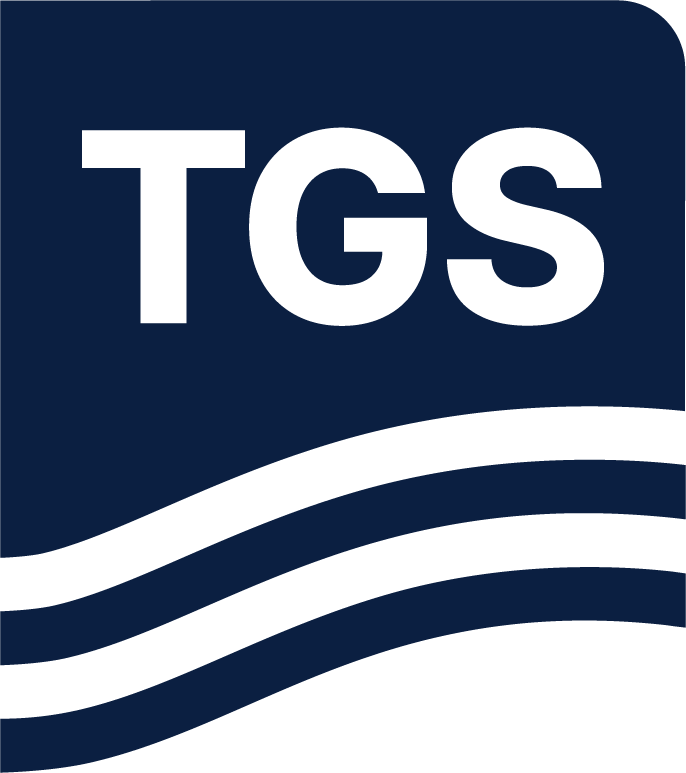Paper Summary
The near-surface geology of the Permian Basin is characterized by interbedded thick deposits of late Permian halite and anhydrite introducing a high velocity layered system, in addition to the strong lateral velocity variation due to evaporite dissolution which is known as Fill zone. This represents a challenge for velocity model building and imaging. We show here by strategically taking advantage of different FWI cost functions we can generate a stable high-resolution near surface velocity model that allows for robust imaging of the complex near surface. We also show the potential of the high-resolution velocity model for generating a high-resolution FWI image that can address some of the deficiencies in traditional seismic migration where only the reflection data is used.

